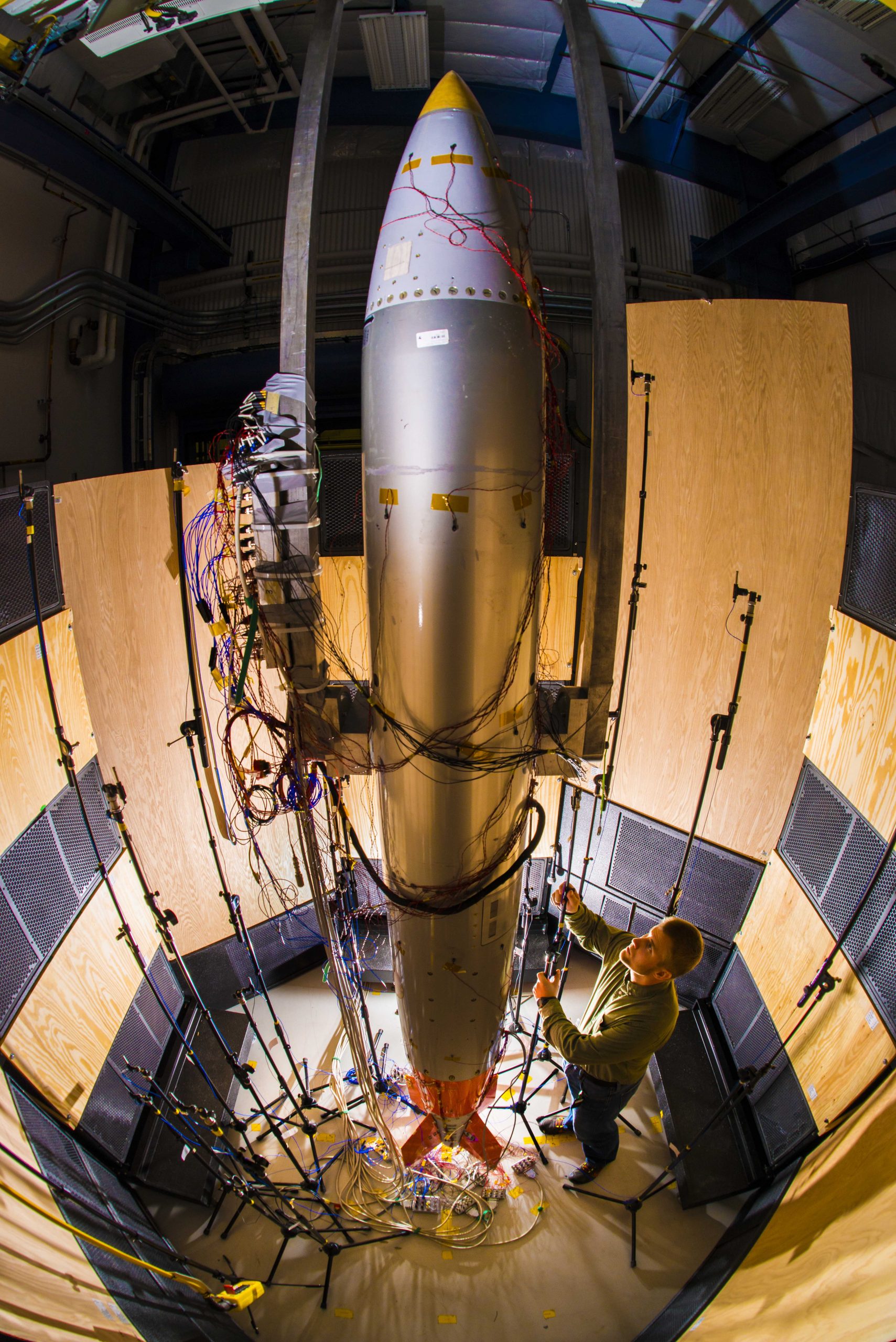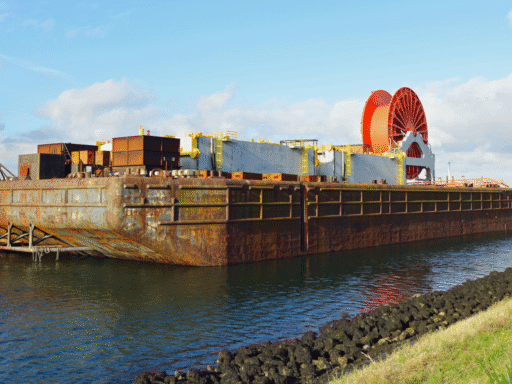Nuclear deterrence has been the cornerstone of U.S. national security for more than 75 years, allowing us to preserve our way of life without fighting major wars. To succeed, deterrence requires our adversaries to understand that the costs of aggression against the United States or its allies and partners will always outweigh any conceivable benefits. The credibility of this guarantee requires a nuclear stockpile that is unfailingly reliable and effective.
NNSA’s Stockpile Management Program encompasses the full range of a weapon’s lifecycle, from design and development to production and maintenance and ultimately to dismantlement and disassembly. Each weapon type requires routine maintenance, repair, replacement of limited life components, surveillance (the thorough examination of a weapon), and other activities to ensure their safety, security, effectiveness, and reliability.
In the current stockpile, the average duration since a warhead was manufactured or refurbished is roughly 28 years. Over the next two decades, the stockpile will be sustained and modernized through vigorous surveillance, assessment, life extension, modification, acquisition, and dismantlement efforts. NNSA delivered more than 200 modernized weapons to the DoD in 2023 alone—the most since the end of the Cold War—and comparable demand is expected over the next decade and beyond.
Our scientists and engineers provide assurance that the United States can deliver militarily effective weapons. As we work with the DoD to evaluate the needs of the deterrent, NNSA will deliver new capabilities to fill deterrence gaps. NNSA is also undertaking transformative initiatives to protect against adversary subversion of nuclear weapons and associated capabilities.
Together we supply the crucial ingredient needed for deterrence to succeed—our adversaries’ recognition that U.S. threats to retaliate swiftly and decisively against any strategic attack on the United States or its allies are backed by indisputable nuclear capabilities.







